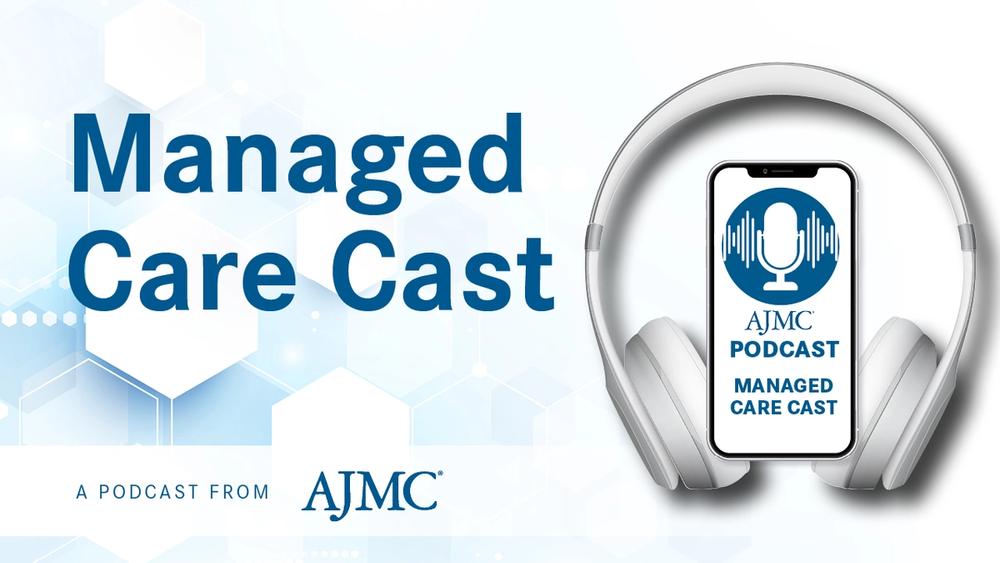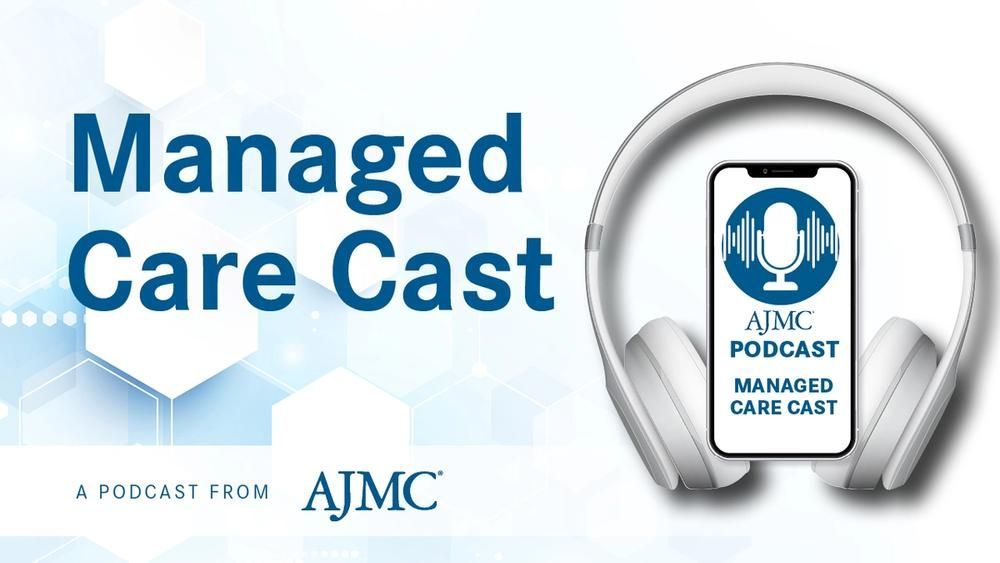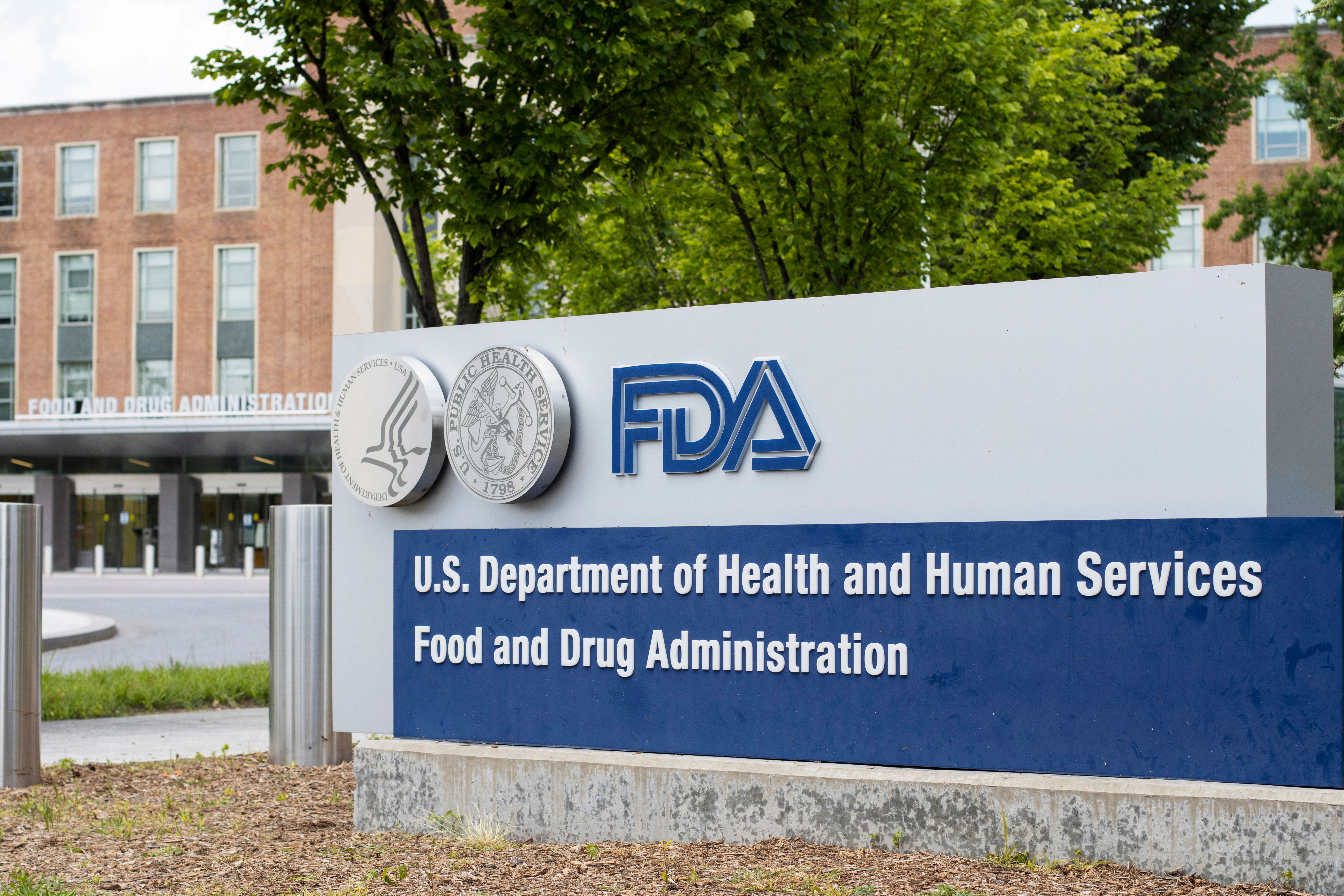News
Article
Health Equity & Access Weekly Roundup: April 21, 2025
Author(s):
Key Takeaways
- AI-driven solutions by physician-led tech firms aim to streamline drug denial appeals, reducing provider workload and improving patient outcomes.
- CKD screening at age 55 with SGLT2 inhibitors is cost-effective, reducing kidney failure risk and improving life expectancy, especially for non-Hispanic Black adults.
This week, the Center on Health Equity & Access covered artificial intelligence, diabetes clinical trials, racial disparities in cancer antigen thresholds, and more.
Physician-Led Tech Firms Use AI to Counter Drug Denials and Augment Appeals
Prescription drug denials were up 16% from 2018 to 2024, making it harder for patients to access medications for chronic conditions like diabetes and asthma, and adding strain to providers already burdened by administrative tasks. Experts interviewed by The American Journal of Managed Care® (AJMC®) explained how complex dynamics between pharmaceutical companies, pharmacy benefit managers (PBMs), and insurers contribute to these denials, often resulting in forced medication switches that can negatively impact patient outcomes. Physicians are seeing delayed or denied treatments lead to worsening conditions, increased emergency visits, and higher out-of-pocket costs. To combat these challenges, physician-led tech companies such as Komodo Health and SmarterDx are leveraging data insights and artificial intelligence (AI) to address and streamline the appeals process, reduce provider workload, and improve the quality and timeliness of responses to denials.
Cost-Effectiveness Analysis: CKD Screening, SGLT2 Inhibitors Can Reduce Kidney Failure Risk, Racial Disparities
A recent cost-effectiveness analysis found that initiating chronic kidney disease (CKD) screening at age 55, combined with treatment using sodium-glucose cotransporter 2 (SGLT2) inhibitors, significantly reduced the incidence of kidney failure and improved life expectancy across all racial and ethnic groups in the US, with the greatest benefits observed among non-Hispanic Black adults. Screening every 5 years from ages 55 to 75 was cost-effective overall ($99,100 per quality-adjusted life year [QALY]), with the lowest cost per QALY seen for non-Hispanic Black adults ($73,400). Earlier screening at age 35 yielded even greater gains and helped narrow life expectancy gaps, although it exceeded typical cost-effectiveness thresholds for most groups except non-Hispanic Black adults. Modeling projected that screening at age 55 could prevent 689,000 cases of kidney failure nationwide, with the largest impact among racial and ethnic minorities who bear a disproportionate burden of disease. Authors emphasized the potential of tailored screening strategies to improve equity and efficiency in CKD care.
FQHCs Show Low Engagement in Hypertension, Diabetes Trials
Federally qualified health centers (FQHCs) remain underutilized in clinical trials for hypertension and type 2 diabetes (T2D), despite their potential to enhance trial diversity by engaging underserved populations, according to a systematic review. Analyzing 33 trials involving 67 FQHCs, the study revealed that most participation occurred at the lowest levels of engagement, with few centers involved in collaborative or leadership roles. Higher staffing levels, particularly physicians and education specialists, were associated with deeper engagement. The findings underscore the importance of strengthening FQHC involvement to build patient trust and broaden clinical trial representation.
Racial Differences in CA-125 Levels Tied to Ovarian Cancer Treatment Delays
Current cancer antigen 125 (CA-125) thresholds may miss ovarian cancer diagnoses in racially and ethnically diverse patients, especially Black and American Indian women, leading to delayed chemotherapy, new research found. CA-125, a biomarker used in ovarian cancer diagnosis, was originally validated in predominantly White populations, and non-White women were found to have lower baseline levels. An analysis of over 250,000 patients in the US National Cancer Database revealed that Black and American Indian women were significantly less likely to have elevated CA-125 levels at diagnosis, despite being diagnosed at more advanced stages. These disparities contributed to longer delays in treatment initiation for Black and Hispanic patients, highlighting the need to establish more inclusive diagnostic thresholds to ensure timely care across diverse populations.
Individual, Neighborhood-Level Social Risk Indicators Provide Distinct Health Care Use Insights
Individual social risk screening among Medicaid enrollees provides distinct insights into outpatient health care use compared with neighborhood-level social risk indicators. New findings show that although both individual and neighborhood-level social risks were similarly associated with emergency department visits, only individual-level risks were linked to greater use of outpatient services, including primary care and mental health care. The results suggest that relying solely on neighborhood-level data may underestimate the need for outpatient services. Although individual screenings are more resource intensive and face barriers such as patient stigma and implementation challenges, the authors emphasized their unique value for understanding and addressing patients’ health care needs beyond acute care.





